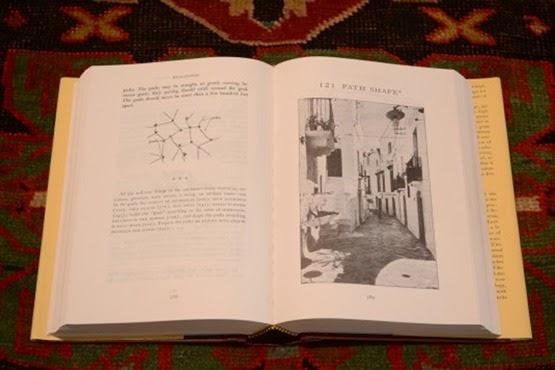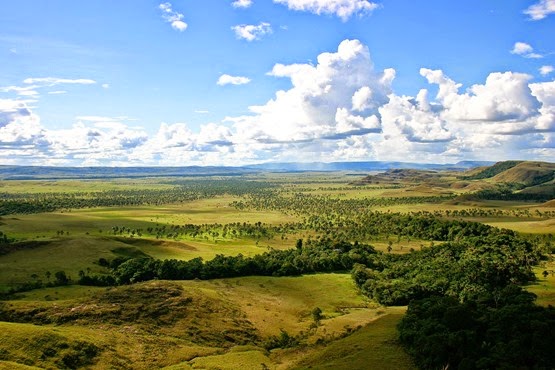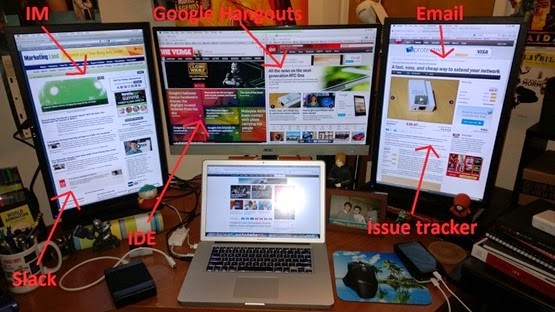I was intrigued by a comment someone from Hacker News wrote in response to my post about office plans:
People tend to enjoy private alcoves with a view on the action, which is kinda best of both worlds. Christopher Alexander describes that pattern in _A Pattern Language_.
I felt an immediate connection between this idea and the feeling I get when working remotely. I think this "private alcove with a view of the action" applies in a non-physical sense as well. I wanted to see if I could make a more direct connection with Christopher Alexander's writing, and track down this pattern the HN commenter mentioned in the literature, and see if it jibed with remote work.
A Pattern Language
I bought a copy of Christopher Alexander's classic architecture book, A Pattern Language, and started hunting. And then...since the physical book ended up being ~1,200 pages in a format resembling an English dictionary in dimensions and typeface, I quickly found a nice, searchable electronic copy at the Internet Archive.
Alexander mentions workplace design in several of his patterns, and alcoves are sort of an ongoing theme throughout the book, but he never really ties them together in a way that captures the feeling I mentioned above. In fact, one of the interesting things I learned reading through dozens of patterns in the book, is that it's clearly a book that was conceived and written before remote work as we know it today was even on the horizon. In one section, he speaks of how Xerox and IBM typewriters have played a vital role in how he and his co-authors produced the book. This is an age before the Internet, when remote work meant having a personal typewriter in your home.
It's frustrating to think about how the accumulated knowledge about human work activity pre-Internet is so tied to physical constraints and the built environment. A great deal of a masterpiece like A Pattern Language seems out of place, for example, when you can no longer take for granted that a company must have a central office where people gather to work together. Many of the foundational assumptions of a work published in 1977 would not exist in a work published in 2015.
The modern concept of remote work / telecommuting is so new, that the masterpieces that will describe this new world have not been conceived yet. Christopher Alexander is still alive, at 78 years old, but I couldn't find anything online about his views on modern remote work. I'm dying to know what he'd have to say about people working 100% remote for companies like 37signals Basecamp or Automattic.
So I didn’t find anything in A Pattern Language that seemed analogous to the modern remote work experience, but let me take another stab at it…
Evolutionary Aesthetics
Below is a landscape that people universally find pleasing to the eye. Why?
Several years ago I learned about the field of evolutionary aesthetics, which provides some fascinating insight into people’s preferences for certain landscapes over others. Here’s a quote from The Routledge Companion to Landscape Studies in a section on evolutionarily driven landscape preference:
A landscape form that affords somewhere to hide and look out from is the kind of landscape in which we feel safe.
How do you feel about the workspace pictured below? Quite a view!
And here’s a picture of someone’s home office setup. Not quite the same view.
But, in a team that has a lively remote work culture, this setup can feel very similar to that wonderful city view. This is where you go to view the human activity of your team. To me it feels like I'm in a "private alcove with a view of the action."
Going back to A Pattern Language for a moment, in the pattern called "Hierarchy of Open Space", Alexander says this:
Outdoors, people always try to find a spot where they can have their backs protected, looking out toward some larger opening, beyond the space immediately in front of them.
...
Simple as this observation is, there is almost no more basic statement to make about the way people place themselves in space. And this observation has enormous implications for the spaces in which people can feel comfortable. Essentially, it means that any place where people can feel comfortable has: 1) A back. 2) A view into a larger space.
I think remote work has psychological parallels to pleasing physical space. I know this is sort of a weird connection, but I feel like there's something there. If you've ever worked remote on a team of people that were also remote, maybe you'll know what I'm talking about. I think a person in their home office, working in a lively remote culture has the psychological equivalent of their back protected with a view into a larger space.
Am I crazy? What would Christopher Alexander think?









0 comments :
Post a Comment